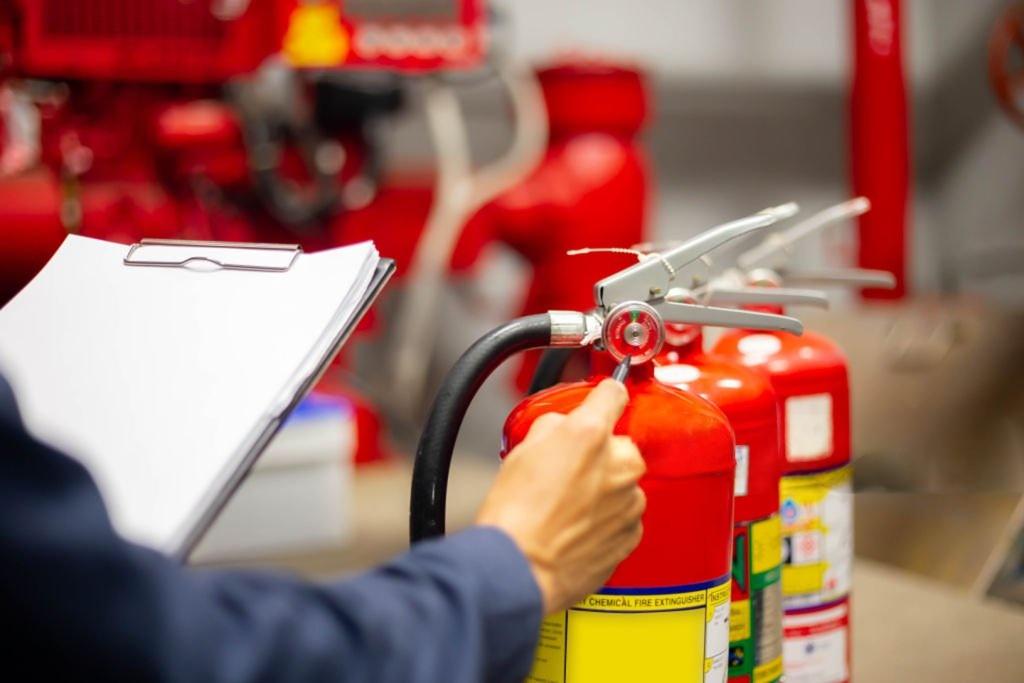Fire Safety Certificate: Ensuring Compliance and Protection

A Fire Safety Certificate is a vital document that confirms a building meets the required fire safety standards set by law. It assures property owners, landlords, businesses, and occupants that appropriate measures are in place to protect lives and property in the event of a fire. Obtaining this certificate is not just a regulatory obligation but also a moral responsibility that demonstrates a commitment to safety and compliance.
What is a Fire Safety Certificate?
A Fire Safety Certificate is an official approval issued by the relevant fire authority or building control body. It confirms that the design, structure, and fire protection measures of a building comply with safety regulations. The certificate verifies elements such as escape routes, fire-resistant materials, smoke control systems, and emergency lighting are correctly designed and installed.
In the UK, the Regulatory Reform (Fire Safety) Order 2005 sets out the fire safety duties for landlords, businesses, and property managers. Without a valid Fire Safety Certificate, property owners can face fines, legal action, and invalidated insurance policies.
Why is a Fire Safety Certificate Important?
-
Legal Compliance – A Fire Safety Certificate is mandatory for many commercial, residential, and public buildings.
-
Life Protection – It ensures fire prevention systems are in place to safeguard occupants during an emergency.
-
Insurance Requirement – Insurers often require proof of fire safety compliance before approving claims.
-
Reputation and Trust – Businesses that comply with fire safety standards demonstrate responsibility and professionalism.
-
Risk Management – Certification highlights potential risks, helping owners take preventative measures.
When Do You Need a Fire Safety Certificate?
-
New Buildings – Before occupation, new properties must be assessed and certified.
-
Change of Use – If a building changes function (e.g., from residential to commercial), a new certificate may be required.
-
Major Renovations – Structural changes or extensions often trigger the need for updated certification.
-
Rental Properties – Landlords must ensure fire safety compliance before letting properties.
What Does the Process Involve?
To obtain a Fire Safety Certificate, the property must be assessed by a competent professional. The process typically includes:
-
Inspection of Fire Safety Features – Checking alarms, extinguishers, smoke detectors, emergency lighting, and fire doors.
-
Review of Escape Routes – Ensuring exits are clear, well-marked, and accessible.
-
Fire Resistance Evaluation – Assessing walls, floors, and ceilings for fire-resistant materials.
-
Documentation and Certification – Once compliance is confirmed, the certificate is issued as proof of approval.
Consequences of Not Having a Fire Safety Certificate
-
Heavy fines and legal action.
-
Rejection of insurance claims after fire-related incidents.
-
Increased risk of accidents, injuries, or fatalities.
-
Damage to business reputation and trust.
Conclusion
A Fire Safety Certificate is more than just a legal requirement—it is a safeguard for people, property, and businesses. By ensuring your building meets fire safety standards, you not only stay compliant with the law but also create a secure environment for everyone inside.
Property owners, landlords, and businesses should prioritize obtaining and maintaining valid fire safety certification. In doing so, they demonstrate a commitment to protection, responsibility, and long-term safety.
- AI
- Vitamins
- Health
- Admin/office jobs
- News
- Art
- Causes
- Crafts
- Dance
- Drinks
- Film
- Fitness
- Food
- Giochi
- Gardening
- Health
- Home
- Literature
- Music
- Networking
- Altre informazioni
- Party
- Religion
- Shopping
- Sports
- Theater
- Wellness


